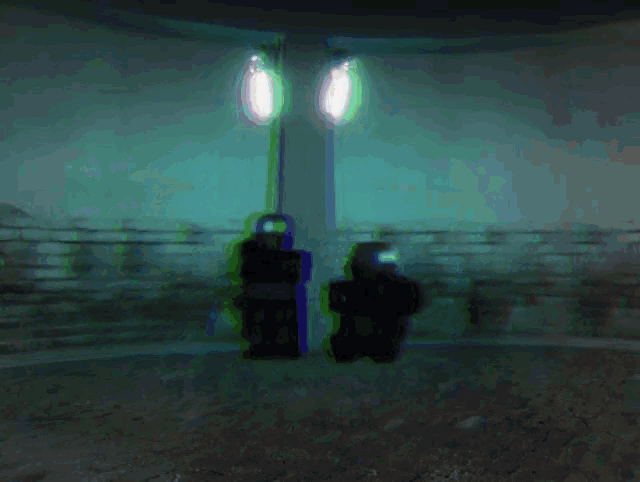

Exported using 'Save for web and devices.' with 16 colour palette to keep the file size down.Can also handle motion and scaling I think.) (Creates new frames intermediate to selected frames. Exported as *psd and opened in Photoshop.Created a single image in Illustrator with each frame as a layer. Illustrator to Photoshop way of making an animated GIF
COMBINE TO GIF GIFSICLE MOVIE
After the movie is made, you can change its playback speed with JES Deinterlacer (Project:Custom:Movie speed).

COMBINE TO GIF GIFSICLE PRO
Quicktime Pro is no longer supported, however it is possible to still run Quicktime 7 Pro if you manage to find a Quicktime Pro-enabled computer (thanks Patrick Cavanagh for informing me of this). In past years, Quicktime Pro could be used to create movies from a bunch of still frames. Patrick normally makes short movies a frame at a time in Keynote and then makes them into movies with Quicktime 7 Pro.You can adjust the speed manipulating the frame duration (Modify document). Then you import the gif using Adobe Flash. But watch out for dissolving movie files problem THIS DOESN'T WORK AS OF 2015, SEE LINE ABOVE FOR NEW TECHNIQUE myWin.saveMovieFrames('exported/frame.mov'). Using Psychopy you can save your animated display directly to a movie file, using e.g.Then you can use "ffmpeg -i frames%03d.png out.webm" if the files have that form starting with 'frames' and followed by a 3-digit number to save as a webm movie file which will open in VLC (but at the wrong framerate, I couldn't get ffmpeg framerate manipulation to work) myWin.saveMovieFrames('exported/frame.png'). Jan2015 Using Psychopy you can save your animated display directly to an image sequence, using e.g.0001.gif, 0002.gif (and then creating the animated gif) Adding it into the numbered sequence of gifs by creating copies and calling them e.g.png screenshot to gif, and simultaneously changing it to 96 x 96 pixels (JoV icon style) using sips -s format gif -z 96 96 screenShotOfInstructions.png -out gif Drawing it in Keynote and taking a screenshot (command-option-4) of just the screenshot part of it, yielding a.gifsicle -loop *.gif > anim.gifĪdditionally, I created an ad hoc instructions image to proceed the stimulus images by: Use gifsicle to combine the gifs into a looping animated gif, e.g.
COMBINE TO GIF GIFSICLE INSTALL


 0 kommentar(er)
0 kommentar(er)
